Problems in human resources occur in all companies and go far beyond a payroll that is not right, a query about time off, or an unsuccessful selection process. In this post, we want to analyze those obstacles encountered by one of the company’s most important departments.
Problems in human resources
As the saying goes, we all have problems, even in our jobs. Of course, Human Resources departments are no exception: they also encounter difficulties in fulfilling their assigned functions. As corresponds to their human nature, they can also make more or less serious mistakes with different causes. These planning or execution errors end up having consequences on the proper functioning of the company and the psychological well-being of the people who make up the company.
Undoubtedly, human resources problems can be caused by discouragement, lack of motivation, or simple idleness when working on the part of those in charge. Although it may sound paradoxical, sometimes the problem lies in the fact that the members of this department lack sufficient resources to do their job better. At other times, the company has failed to provide them with a good training program in people management.
In any case, the important thing is that these managers become aware of the most common problems in human resources departments sooner rather than later. They must then do everything in their power to start correcting them.

Common problems in Human resources
1. Focusing all efforts on the selection process
Especially in companies where the HR area is not yet well developed, all the attention tends to go to recruitment. The problem is that the results are not followed up, and no energy is invested in other aspects of people management and care.
The HR department is usually one of the great unknowns to the general public, and it is often thought that its work is reduced to conducting job interviews and deciding on new hires. However, it is a broader and more critical area for the company. Reducing it in reality only to personnel selection is a source of problems for the company that will end up being problems in human resources.
Having a panoramic vision of the employee’s journey throughout their entire life cycle in the company and accompanying them in each phase facilitates the success of their onboarding and professional development while working for the company.
2. Neglecting the onboarding and offboarding processes
This is one of the typical consequences of the problem mentioned in the previous point. When you do not want to or cannot give importance to the different phases/milestones of the employee’s life cycle, it is easy that, once a new member has joined the company, the tendency is to improvise, to leave the workers alone and not to facilitate adequate training and adaptation of the new team members.
It also happens that things are done hastily and poorly at the time of the goodbye, without conducting a proper exit interview or correctly dismissing the team members who are leaving to undertake a new professional adventure. In this way, the opportunity to nurture the relationship with these employees and obtain information of interest about the company’s operation is lost.
Addressing this problem is possible: structure an onboarding and offboarding methodology that goes beyond the basics and focuses on caring for the employee experience and efficiency of the company. You can consult this article on the objectives of an onboarding process and this one on the exit interview to help you solve this type of problem in the Human Resources departments.
3. Abusing processes
Surveys, exercises, games, more surveys, meetings, documentation, more meetings… Companies use all kinds of tools theoretically aimed at obtaining useful information for the organization itself or use to improve employees’ lives in some aspect.
However, when this approach is not planned correctly, all of these techniques take on a massive form and therefore become inefficient because they are repetitive, too numerous, or do not clearly show the usefulness of their results. Contact and fluid communication with employees is essential, but they must be meaningful and not become a problem.
If you want to avoid this typical example of problems in human resources departments, we recommend that you look at our resources section and get the best ideas.
4. Failure to make processes more flexible
Good results come with a good capacity to adapt to changing environments, replacing those methods that do not work with ideas that demonstrate greater efficiency.
On the other hand, problems in Human Resources departments can arise due to a lack of innovation and creativity, poor adaptation to the needs of candidates or employees who are already part of the workforce, or other types of errors during the development of each particular process that is not adequately detected and corrected with agility. When processes become repetitive, they lose effectiveness, and it is essential to conduct an adequate reflection or evaluation of their operation to make them productive again.
If you want to improve your overall people management processes, we recommend that you download our strategy for HR managers.
5. Dealing with an internal or external reputation crisis
Nobody wants them to happen, but these things happen, and typically, they never happen at the most convenient time. It is true that, in a situation of an external reputation crisis, most of the responsibility will fall on the marketing and communications department, at least initially.
However, in the medium and long term, those responsible for managing the crisis will be those in charge of the HR department. In the case of an internal crisis that has not yet been reported, the role of this department becomes even more important. It doesn’t matter whether what has happened is more or less serious, and it doesn’t matter that its consequences have not gone any further: if not handled properly, this type of situation can undermine employees’ confidence in the company and, therefore, reduce their commitment and motivation.
To start improving in this area, you can read this article with suggestions to improve internal communication in the company.
6. Lack of adequate tools to record and process data
Any company, regardless of its size, generates a lot of data from the people who make up the workforce. As the company grows, all this information (payroll, vacations, contracts, etc.) becomes unmanageable if it does not have the appropriate HR software tools to organize it. On the other hand, it is essential to process in an agile way the information on the employees so that the communication with them is agile and to be able to use it in the design of the strategies of work and promotion of well-being.
7. Not having an orderly career development plan in place
The nature of a company is to grow (in objectives, results, and, therefore, personnel). In the beginning, when the team is made up of six or seven people, they all know each other, they know what position and level of responsibility they occupy, and the organizational chart is so simple that it can be described in a few seconds.
However, as the company grows and the number of employees multiplies, the hierarchy becomes more complex. Therefore, one of the problems in human resources departments is allowing the team to grow in a disorderly manner.
When this happens, there is no clear perspective of the possibilities of promotion, in which hierarchical level each employee is, the salary, and position that corresponds to them accordingly… Therefore, there is a lack of a clear and visible perspective for everyone of what is the possible progression in the company.
Try to avoid this by having a clear, understandable, and accessible scheme for all staff members in which they can quickly locate which position they are in and what is the promotion path ahead of them.
8. Not having a psychological wellness care strategy in place
As mentioned at the beginning of this post, it is a mistake to think that the HR department is exclusively dedicated to personnel selection and payroll and contract management.
On the contrary, one of its most important functions, and one that is becoming increasingly relevant, is caring for the workforce’s well-being. Training and informing on the prevention of psychosocial risk factors, designing a strategy of social benefits and emotional pay, promoting effective internal communication and good team cohesion… All contribute to improving the employee experience of a company’s workers.
Of course, as mentioned in the previous points, the care for the psychological well-being of the staff can be improvised, or it can be carried out with a strategy designed by those who know about this: psychologists specializing in labor well-being.
In this article, we tell you more in case you want to know more about why companies need an excellent strategy to care for the psychological well-being of employees.
Assessing the human resources department
Now, it is time to reflect on and evaluate the company’s internal processes. You cannot improve without first identifying areas of improvement.
To facilitate the process, we encourage you to answer the following questions in order to evaluate the performance of your HR team.
| Does your HR department have any of these problems? | YES | NO | |
| 1. | Focuses all efforts on recruiting staff | ||
| 2. | Onboarding and offboarding processes are neglected. | ||
| 3. | Processes are misused | ||
| 4. | Processes are not made more flexible | ||
| 5. | Internal or external reputation crisis | ||
| 6. | Lack of adequate tools to record and process data | ||
| 7. | No orderly career development plan in place | ||
| 8. | No strategy in place to care for psychological well-being |
Once the problems in the HR department have been identified, it’s time to get down to work! There are multiple strategies to address these problems, and what better way to do it than with the help of experts in the field?
At ifeel, we have designed a First Aid KIT for HR Managers, in which leaders will find the necessary tools to know how to face the main problems of Human Resources departments, as well as practical solutions to deal with them.

Caring for emotional well-being in organizations
At ifeel, we know that the priority is to be healthy, not to be producing more in any way, since the well-being of employees is one of the most powerful weapons when it comes to producing better.
To convey this idea, our team of psychologists, experts in well-being at work, has created an emotional well-being program for companies that brings really relevant benefits to the whole team, including Human Resources managers.
These managers perform a job that significantly influences the company’s final results, hence the importance of supporting them to minimize errors and problems that may arise. Therefore, through our program, they can receive personalized and data-based advice on improving the psychological well-being of the teams they are in charge of. Are you part of the Human Resources department of your organization? Try our program now to see how it could help you.
In addition, this program offers all employees a complete mental health care service that they can access in different ways depending on their needs. Those who wish to have access to an online therapy service with one of our psychologists specialized in cases like theirs or interact with one of our professionals to receive emotional support in a more specific circumstance that worries them.
Of course, in our Resources section, you can find different materials, such as Podcasts, HR Guides on various topics (for example, the employee experience or how to design a good HR strategy), or Interviews with important HR positions. In addition, we have a Psychosocial Risk Factors Template, which you can use to comply with the requirements of the Labor Inspectorate.
We hope you found this post about problems in human resources departments interesting. If you would like more information about our emotional well-being program for companies, simply request it, and we will contact your team as soon as possible.











